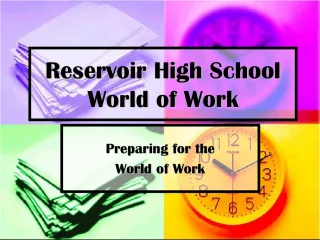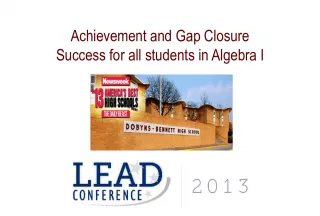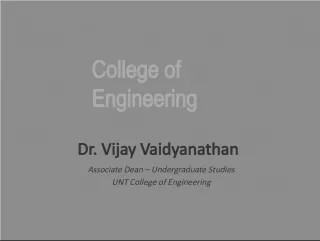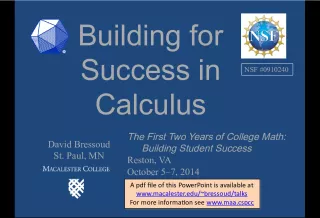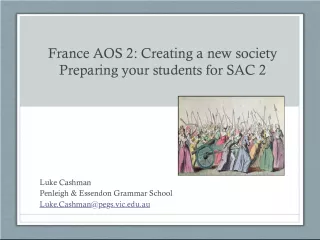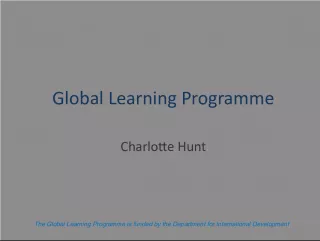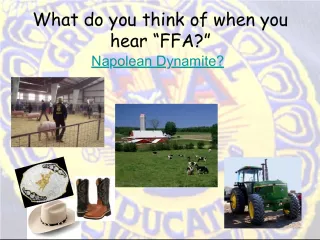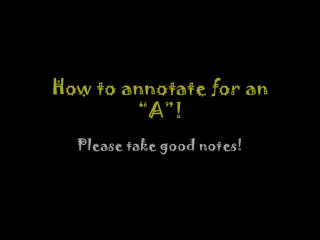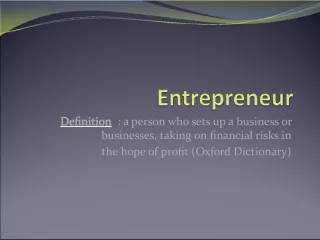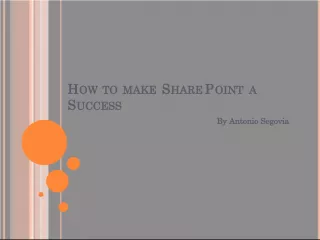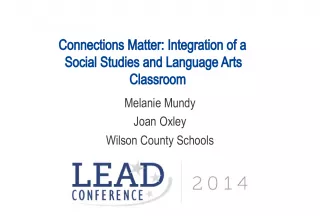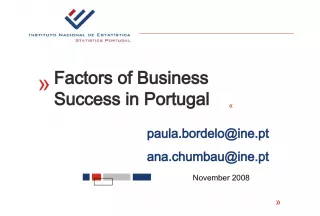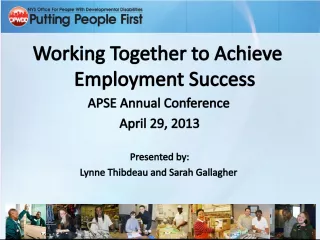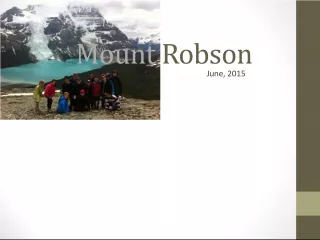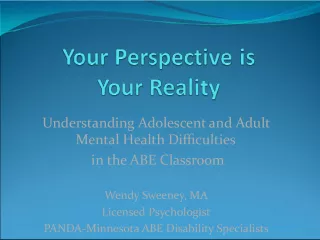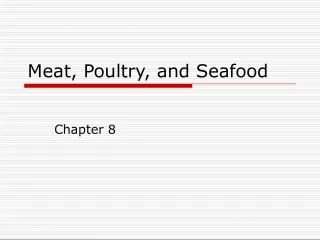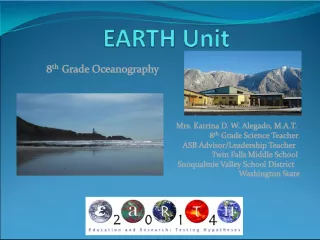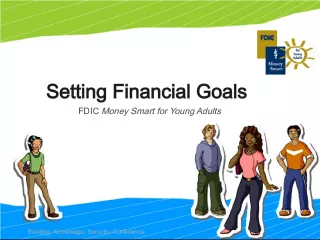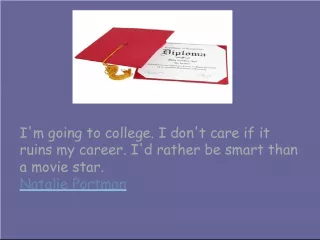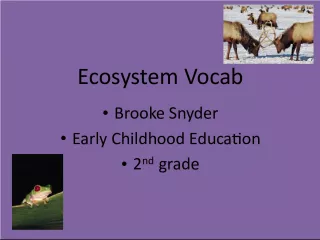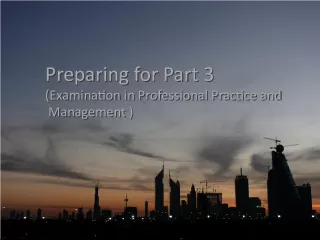"Preparing All Students for Success"


Apr 3 2008 welcome back with presenters Pam Lange, Barb Rowenhorst, and Janet Hensley. Purposeful instruction, assessment, and staff development to promote a climate of achievement and support student success. Learn about learning groups and Marzano strategy implementation.
- Uploaded on | 1 Views
-
 glen
glen
About "Preparing All Students for Success"
PowerPoint presentation about '"Preparing All Students for Success"'. This presentation describes the topic on Apr 3 2008 welcome back with presenters Pam Lange, Barb Rowenhorst, and Janet Hensley. Purposeful instruction, assessment, and staff development to promote a climate of achievement and support student success. Learn about learning groups and Marzano strategy implementation.. The key topics included in this slideshow are . Download this presentation absolutely free.
Presentation Transcript
1. Presenters: Pam Lange Barb Rowenhorst Janet Hensley April 3, 2008 Welcome Back
2. P reparing A ll S tudents for S uccess P urposeful instruction, assessment, and staff development . A ctively promote a climate of achievement: Incentives and celebrations. S tructure strong school building leadership. S upport students in building knowledge and skills for success today and tomorrow.
3. To understand the definition of a learning group. To learn about and create “learning group” activities to implement in the classroom. To extend knowledge of Marzano strategy implementation.
4. Welcome Learning Groups Cubing/Think Dot (revisited) Lunch Choice Boards/Menu Boards Planning
6. Exit Card Easy strategy for assessing student learning Students respond to prompts or questions; turn in cards as they leave Teacher uses card to help create groups, monitor student progress, revise lesson On Target, Strategies to Help Struggling Readers, page 27
7. List three things you learned today. (20) Results from Visit/teacher/student/survey (4) New Idea on Webbing (14) Counting Coup (2) Exit cards (12) Cubing (1) Compare, draw, explain for vocab words (10) KUD (Know understand and Do (1) Strategies for developing group leaning and higher level thinking. (5) Affirmed the use of learning groups as effective. (1) Compare and contrast through cubes. (5) Visuword website – looks useful (1) How to help students to share their thoughts prior to writing will probably enhance the final product.
8. List two questions you’d still like to explore . (4) I’d like to learn more about choice boards. There is a lot of material available on the internet – maybe some more sites with examples? (3) I’d like to learn more about menu boards. I would like to know more about Socratic seminars. (3) How to cut down – which strategies to focus on. Think Dots (3) What are think dots? Ways to use effective learning groups (2) When do we find time to implement all of the new strategies/tools? How are the dice used? How to better meet the higher student, not just focus on struggling students. How to stimulate student interest and improve test scores.
9. List two questions you’d still like to explore. Vocab – English? How do you group with a limited number of students? Math topics What Level of homework is given at each site? Applying cross – curricular reading Reasons for low morale as indicated on survey and what this means. How to take longer on a strategy so all can understand it. How to create more productive peer teaching groups. Action plan for data results (boost morale) I need to more effectively learn the interlaces of cubing – specifically analyze. I would like to learn more about the menu approach. How do we make clear connections with PASS content? Why do teachers struggle embedding these strategies in their instruction? How can I use cubing in American History class? Is adult learning enhanced with group learning? I still want to know how to approach essential questions. I still want to know more about teaching note-taking. How can we get teachers to a point where they are comfortable to let students have more ownership in their learning?
10. List one method of learning groups and/or choice that you might apply in your classroom . (7 ) Cubing I’m going to use the ‘kiss’ activity to help students use the 6 different areas of learning. Grouping (2) Learning groups Vocabulary (2) KUD chart – easy and effective to use in the classroom and an excellent was to be sure standards are met. Already like how I do my groups – cooperative – lit circles and other ways. Vocab note cards; use during reading time ABC grouping Substitute for journals from time to time. I plan to use a vocabulary notebook in my classroom. I plan to use counting coup in my class. Webbing Collective learning
11. To understand the definition of a learning group. To learn about and create “learning group” activities to implement in the classroom. To extend knowledge of Marzano strategy implementation.
13. Various names have been given to this form of teaching, and there are some distinctions among these: (adapted from Johnson, Johnson, and Smith, 1991) cooperative learning collaborative learning collective learning learning communities peer teaching peer learning reciprocal learning team learning study circles study groups work groups
14. Learning groups work together to accomplish a shared goal. It is the instructional use of small groups so that students work together to maximize their own and each others’ learning.
15. On a note card, jot down what you think the research will say about learning groups.
16. Students learn best when they are actively involved in the process. Researchers report that, regardless of the subject matter, students working in small groups tend to learn more of what is taught and retain it longer than when the same content is presented in other instructional formats. Students who work in learning groups also appear more satisfied with their classes.
17. When learning groups are compared with individual competition and individual student tasks, the effect size is .78.
18. Organizing students in heterogeneous learning groups at least once a week has a significant effect on learning. (Marzano, Pickering and Pollock, 2001)
19. Quickly draw a T-chart on a blank sheet of paper. On one side of the chart, list times you have used ability grouping in your classroom. On the other side of the chart, list times you have used other forms of grouping.
20. Research shows that ability grouping as currently practiced: Shows no consistent positive value for helping students generally. Produces a negative effect in lower ability groups that more than offsets slight gains in higher-grouped children. Produces an unfavorable effect on affective development. Relates more to socioeconomic and ethnic status than to performance ability. Cannot be shown to be responsible for positive scholastic effects due to the many variables inherent in curriculum and instructional design and delivery. Ubben, Hughes, Norris
21. Enhance student satisfaction with their learning experience. Develop students’ social skills.
22. Help students develop oral communication skills. Promote student self-esteem.
23. Increase student retention. When you teach, you learn twice. Seneca, Roman philosopher
24. Promote inclusion of special needs students.
25. Based on the research, what changes, if any, might you make with the grouping you are currently doing within your classroom.
26. Informal Groups Used for a few minutes or a class period Formal Groups Used for several days or even weeks Study Teams/Base Groups Long-term (semester or year)
27. Form a line using the criteria: “How many siblings are in your family?” Count all siblings. Full, Half, Step, Other Starting at the end of the line, create groups of four. Select a place to work with your group.
28. Student preparation Teacher preparation Classroom application Team information sharing Accountability
29. Using the mat provided, prepare a graphic organizer of what you like and dislike about working in learning groups OR What you like or dislike about using learning groups in your classroom You can use one of the graphic organizers provided on the mat or create one of your own.
30. Informal Groups Used for a few minutes or a class period Formal Groups Used for several days or even weeks Study Teams/Base Groups Long-term (semester or year)
31. Team Identity: Team motto Team cheer Team mascot Team song
32. Number in a Group: Groups of 3-4 produce the largest percentile gain. Pairs indicate the next largest percentile gain. Groups of 5-7 indicate a negative result. Marzano, Pickering, Pollock, Classroom Instruction That Works
33. It is important to make sure you plan prior to using learning groups. Handout : Planning for Learning Groups
34. Form groups of two or three. Select one scenario. Discuss the guiding prompts on the “Planning for Learning Groups” handout. Create chart paper with main learning group ideas.
35. Informal Groups Used for a few minutes or a class period Formal Groups Used for several days or even weeks Study Teams/Base Groups Long-term (semester or year)
37. Participant will know the key principles of Cubing and ThinkDots and the application of them using a fairy tale.
38. Participants will understand that Cubing and ThinkDots are related strategies that support differentiated processing. Participants will understand how to develop practical applications and skills of Cubing and ThinkDots.
39. Effectively create and implement Cubing and/or ThinkDots strategies.
40. On Target, Differentiated Instruction , Grades 4-12, pages 12-13
43. Social Studies Level 1
44. Social Studies Level 2
45. Social Studies Level 3
46. Knowledge/ Describe List/describe the items used by Goldilocks while she was in the bears’ house. Apply Demonstrate what Goldilocks would use if she came to your house. Compare Compare this story to reality. What events could not really happen? Argue for or against Judge whether Goldilocks was right or wrong. Defend your opinion. Analyze Rank the characters from best to worst and explain how you ranked them. Associate Create a new story by placing Goldilocks in a modern-day city.
47. Use the article and website on Earth Day and develop some questions to correspond with the 6 sides of the cube. Post questions on chart paper.
48. Use the first cube as your average cube, create 2 more: one lower level and one higher level. ALL cubes need to cover the same type of questions, just written to the readiness levels. Color-code or label your cubes so you know which level of readiness you are addressing. Always remember to have an easy problem on each cube and a hard one regardless of the levels. Decide on the rules. Will the students be asked to do all 6 sides? Roll and do any 4 sides? Do any two questions on each of the cubes? Use old quizzes, worksheets, textbook-study problems, student generated, internet, etc. to help with writing questions.
51. Variation of Cubing; works well with older students Students have to do all the tasks, they just do it in the order they roll. Strategy used to review, demonstrate, and extend thinking Can do a group of 6 people and each one does the task of what they rolled and then they have a group product at the end.
53. 2. Goldilocks in 1 minute or less http://youtube.com/watch?v=02cRfwmeCGY 3. Revolting Rhymes Goldilocks: Roald Dahl http://youtube.com/watch?v=cstpvUODHYY 4. Goldilocks Song http://youtube.com/watch?v=AvtkUOhL7yU 5. Rewrite the story of Goldilocks using more difficult vocabulary (example Little Red Riding Hood) 6. Goldilocks on trial http://youtube.com/watch?v=IAnGP-VO2sw
54. a, b, c and d each represent a different value. If a = 2, find b, c, and d. a + b = c a - c = d a + b = 5 Explain the mathematical reasoning involved in solving card 1. Explain in words what the equation 2x + 4 = 10 means. Solve the problem. Create an interesting word problem that is modeled by 8x – 2 = 7x. Diagram how to solve 2x = 8. Explain what changing the “ 3 “ in 3x = 9 to a “2” does to the value of x. Why is this true? Think Dots Title: Algebra level 1
55. a, b, c and d each represent a different value. If a = 1, find b, c, and d. a + b = c b - b = d c + a = -a Explain the mathematical reasoning involved in solving card 1. Explain how a variable is used to solve word problem. Create an interesting word problem that is modeled by 2x + 4 = 4x - 10. Solve the problem. Diagram how to solve 3x + 1 = 10. Explain why x=4 in 2x = 8, but x=16 in ½ x = 8. Why does this make sense? Think Dots Title: Algebra level 2
56. a, b, c and d each represent a different value. If a = 4, find b, c, and d. a + c = b b - a = c cd = -d d + d = a Explain the mathematical reasoning involved in solving card 1. Explain how a variable in mathematics. Give examples. Create an interesting word problem that is modeled by . Solve the problem. Diagram how to solve 3x + 4 = x + 12. Given ax = 15, explain how x is changes if a is large or a is small in value. Think Dots Title: Algebra level 3
57. Using the article and website on Earth Day develop ThinkDot activities to correspond with the 6 sides of the die. Write on chart paper and post
58. Suggestions Use colored paper to indicate different readiness levels, interests or learning styles. Let students choose which activities- for example: choose any three or have students choose just one to work on over a number of days. If students have worked on activities individually, have them come together in groups by levels, interest or learning style to synthesize.
59. After a unit has been presented and students are familiar with the elements of the unit and conceptual skills. To help students think about and make sense of the unit and concepts they are studying.
60. Cubing or ThinkDOTS can turn into glorified worksheets – but not if all activities are purposeful and focused on getting students to understand a concept in a multitude of ways.
62. With your table group, brainstorm the different ideas for using Cubing/ThinkDots. A recorder will write the top three responses on chart paper and post at the front of the room. You’ll have 5 minutes to complete this task.
64. Choose a unit from your content area or continue with the Earth Day theme. Choose either Cubing or ThinkDots. Follow the directions on the guide sheets and use the lesson plan guide to develop a lesson to use in your classroom in the next month.
65. Team Planning Time
67. Choice Boards(Tic-Tac-Toe) Menu Boards
69. Allows students choice Incorporates learning preferences Takes readiness into account (basic and advanced) Provides framework On Target Differentiated Instruction , Grades 4-12, pages 14-15
70. del.icio.us Social Bookmarking Avatar Argument You Tube Assessment Code of Honor Science Fiction Debate two sides Power Point
71. Variations: Easier choice board for struggling students and a more challenging choice board for proficient or advanced students. Could have 3 kinesthetic tasks, 3 auditory tasks, 3 visual tasks. Can assign students or a student what you want them to do.
72. Look at Gardner’s multiple intelligences p.14 Look at 6 th grade math and high school science examples on p.15 Pick a topic and discuss how you could make a choice board (may have to divide into age level groups) CHART -- POST
73. Main dish: Everyone Side dish : Pick and choose Dessert: Optional but irresistible On Target, Differentiated Instruction, Grades 4-12, pages 10-11
74. Take same topic or choose a different topic Design a differentiated menu. CHART and POST
78. To understand the definition of a learning group. To learn about and create “learning group” activities to implement in the classroom. To extend knowledge of Marzano strategy implementation.
79. Team Planning Time
